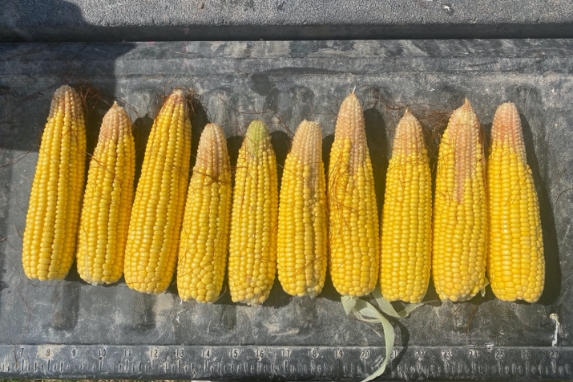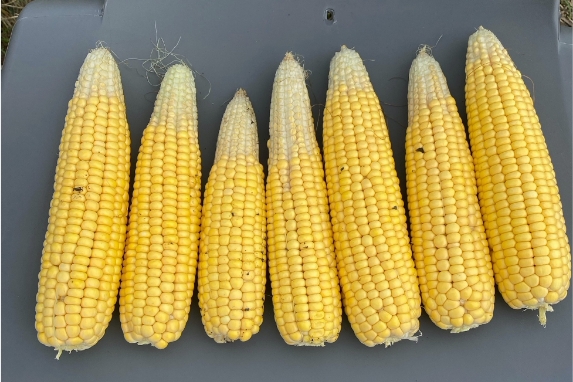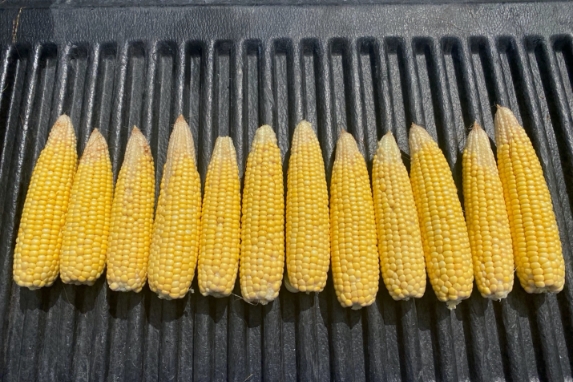We got off to the best start I’ve seen in over 30 years. Most growers were patient, waiting to plant until soil conditions were right. Post planting scores on our bushels per 1000 plant system showed it; averaging 7.3 to 8 bushels per 1000 consistently. Those are also some of the best scores we’ve seen in years.
Article by R.L. (Bob) Nielsen
The “Zipper” Pattern of Poor Kernel Set in Corn
Following are observations of the 1000 variables at work on our crop.
Variable 1
The Planting Window. There were basically three planting windows this spring. April 28-30th, May 10-16, and June 1-2. Most of the seed was planted in the mid-May time frame.
Variable 2
Spring Tillage: Any mistakes made with spring tillage and tillage during planting magnified the effects of the dry conditions we experienced in June and July.
Variable 3
Dry June: The month of June stayed very dry, but the crop handled it pretty well. The great job most of our customer did planting their crop produced healthy, even plant stands which took advantage of the high fertility they had in place. It paid off during the dry weather. After all, nitrogen is one of the antibiotics for drought.
Variable 4
Variable Rainfall in the Region. There has been so much variability in rainfall around our region this summer that it’s difficult to pinpoint the cause of specific issues. But extreme heat coupled with moisture shortages during the critical blister stage affected yields.
Despite the fact that it stayed dry through most of the pollination period, we saw the initiation of second ears.
Variable 5
Impact of Hybrid Canopy: Hybrid leaf structure and upper canopy played a role in some of the heat related zipper effects we’re seeing on ears. Varieties with very upright leaves allowed the sun to hit the tops of ears more directly, affecting kernel development. Even areas with sufficient moisture have tip back issues due to heat stress.
Variable 6
A Variety by Field Cropping Plan: Growers we work closely with did an excellent job planting a broad portfolio of hybrids which is exactly what was needed in a year like this with over 1000 variables impacting our crop. It helped to weatherproof their farm.
Again this year, we are reminded how small things can make a big difference in how our crop handles those 1000 variables that come every year. While we don’t like seeing the negative effect of those variables, we need to be thankful for what this crop looks like considering the conditions it has endured and have pride in the fact that every one of you did A LOT of things right this year. Best wishes to all of you and thank you for allowing us to be part of your Team. Greg and Stephen

The above photo shows what can happen in a year like this when there is an issue during planting. Doubles, skips and uneven emergence are magnified to the highest degree in a year where stress is prevalent. The good thing is this is totally correctable. Details make a big difference!

Figure 1: May 11 Southeast St. Joseph

Figure 2: May 11 planting west central vermillion county

Figure 3: April 29 North of St. Joseph

Figure 4: May 18 planting southeast of St. Joseph

Figure 5: May 12 Royal

Figure 6: May 15 Southeast of Homer

Figure 7: April 29 West of St. Joseph

Figure 8: Lower stalk quality is excellent so far
